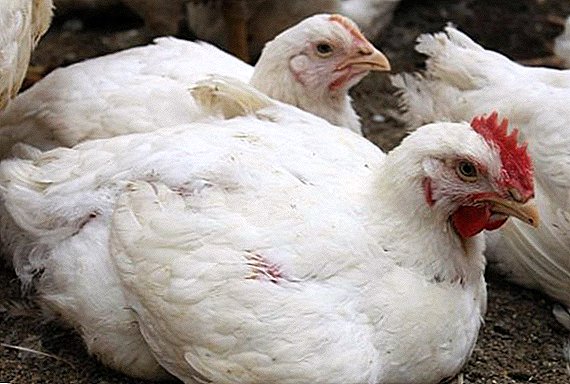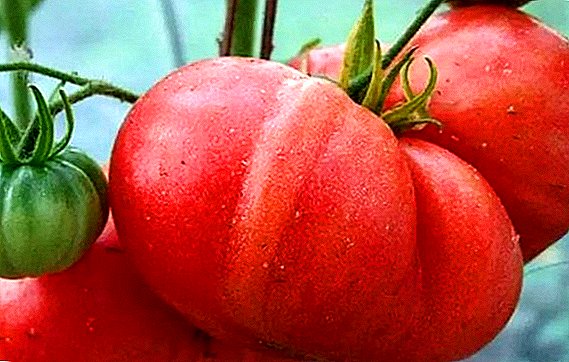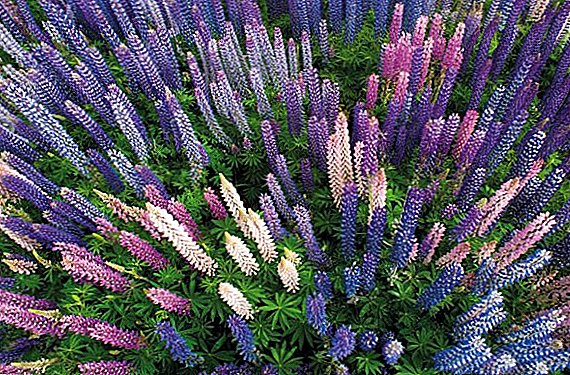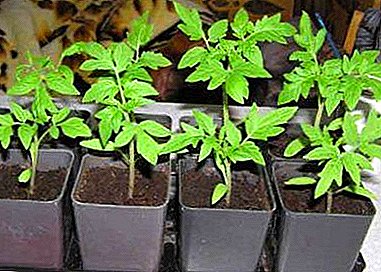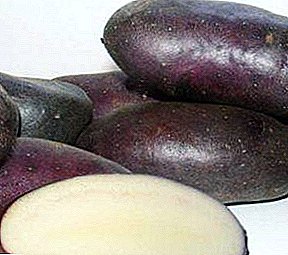
Any farmer and gardener interested in good harvest. During the construction of greenhouses, especially capital ones, attention is paid to its thermal insulation.
The more tightly greenhouse, the less air penetrates into it and, accordingly, carbon dioxide. And he is required for normal growth and fruiting crops that are not grown in open field.
Why do we need carbon dioxide
In addition to mineral and organic fertilizers, irrigation and temperature conditions, plants need carbon dioxide. Some gardeners call it fertilizer. is he participates in photosynthesis - "metabolism" in the plant body. That is why it is very important that the carbon dioxide supply system in the greenhouse is organized.
Greenhouse gasstimulates earlier and more active flowering increases fruiting. It is more important than mineral fertilizers.
CO2 is involved in the synthesis of dry matter of plants by 94%, and only 6% is produced with the help of mineral fertilizers. In addition, it increases plant resistance to diseases and pests.
A photo
In the photo below you can see options for supplying carbon dioxide to the greenhouse:




Gas supply options
With ordinary outdoor cultivation or in film greenhouses, plants get carbon dioxide from the atmosphere. In capital and industrial greenhouses for the saturation of air using a variety of methods and devices.
Technical equipment in industrial greenhouses
In large farms often use boiler flue gas (smoke). Before supplying gas to greenhouses, it must be cleaned and cooled, only after that it is supplied to the beds through the gas pipeline system. Equipment for its selection includes a condenser with a built-in fan, a metering device and gas distribution networks.
 Distribution network - These are polyethylene sleeves with perforations stretched along the beds. Such a system should have an apparatus that controls the composition of the gas for the content of impurities that may threaten the health of people working in greenhouses.
Distribution network - These are polyethylene sleeves with perforations stretched along the beds. Such a system should have an apparatus that controls the composition of the gas for the content of impurities that may threaten the health of people working in greenhouses.
The total cost of such equipment is quite high, the question is whether the cost of it will pay off.
Small farm or home greenhouses
To provide gas for small greenhouses use gas generatorsemitting carbon dioxide from the air and pumping it into the greenhouse. It produces up to 0.5 kg of gas per hour. Its advantages:
- does not depend on external sources;
- generates absolutely pure carbon dioxide in the right volumes;
- has a touch dispenser;
- simple and inexpensive to maintain (filter change - once every six months);
- does not affect the temperature and humidity in the greenhouse.
Gas cylinders
The use of liquefied bottled gas is also possible. But this way will require additional equipment for heating and regulating the gas supply, that is, reducing the pressure. Only through such devices is it possible for plants to receive gas safely in the greenhouse.
Biological agents
If the farm includes a livestock farm, you can adjust the air exchange of the premises of the greenhouse and livestock facilities. Animals breathe out carbon dioxide, which is so necessary for plants. A greenhouse can be constructed so that the two rooms have a common wall. 
It has two holes - at the top and bottom. They are installed low-power (to avoid drafts) fans. As a result, animals receive oxygen from plants, and those carbon dioxide.
The disadvantage of this method is that you can achieve the necessary balance only by experience: where to attach the greenhouse to the pigsty or rabbit? And how to regulate the incoming amount of gas from different animals.
In the greenhouse on the plot use manurewhich, decomposing, emits carbon dioxide in an amount sufficient for its inhabitants - cucumbers, tomatoes and other crops.
If you put a barrel in the greenhouse with water and put in it a dozen large stalks of nettle, you can get another natural source of carbon dioxide. Water must be periodically refilled. This method has one drawback - the rather unpleasant smell of decaying nettles.
Another source of carbon dioxide - alcohol fermentation. Some gardeners place mash containers with plants — water, yeast, and sugar. But this method is costly and unreliable, since the fermentation period is short and it is expensive to prepare new canisters with home brew.
Natural sources
The main natural source of carbon dioxide for plants is air. Opening the vents is the simplest way to supply carbon dioxide to it. Night breathing of plants and the release of carbon dioxide in the soil also fills the greenhouse with gas.
Many are interested in the question whether it is possible to arrange carbon dioxide in the greenhouse with your own hands? Let's try to answer this question.
A greenhouse carbon dioxide gas generator with your own hands - justified or not?
 Making your own gas generator is possible, but not rational. It will require not only large financial investments, but labor.
Making your own gas generator is possible, but not rational. It will require not only large financial investments, but labor.
In addition, the co2 generator for greenhouses requires a separate room, as this device, which emits a large amount of heat, is essentially a furnace.
It is much easier and cheaper to use the available technical, biological or natural sources of carbon dioxide.
Some rules for gas supply
- CO2 uptake plants directly dependent on lighting. With artificial light, gas is absorbed by plants better than with summer natural daylight. This means that in the winter period, gas dressing should be less than in summer.
- Gas supply time plants no less important than its quantity. The first feeding during the day is best done in the morning, about 2 hours after the onset of daylight. At this time, the plants best absorb gas. The second dressing is done in the evening, 2 hours before dark.
- Each culture has its own consumption volume carbon dioxide. Therefore, be sure to inquire how much gas tomatoes, peppers or flowers need. Excess gas can damage plants.
Knowledge is power, the better we know our plants, the more gratefully they give us their fruits. Successes and good harvests. Well, the system of carbon dioxide in the greenhouse, choose yourself, depending on their capabilities and preferences.



